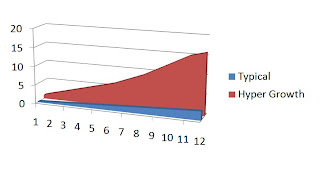 I think it is pretty clear that mobile money has become a way of live for Kenyans. It is inconceivable to think of a world without mPesa and Zap in Kenya. The impact on the economy and the financial services landscape has been well researched and documented.
I think it is pretty clear that mobile money has become a way of live for Kenyans. It is inconceivable to think of a world without mPesa and Zap in Kenya. The impact on the economy and the financial services landscape has been well researched and documented.It may not be well-known, but the Kenyan telecommunication authority have licensed four operators to offer mobile telecommunications services in the country: Safaricom (with almost 80% marketshare and 40% Vodafone shareholding), Airtel (previously Zain) (with 13% marketshare and 80% Airtel shareholding), Orange (with 4% marketshare) and Yu Essar (with around 3%).
What I have found interesting is the activities of the other three operators. For (relatively) small operators, these companies are spending a lot of effort to launch new features and compete with their mobile wallets. Orange recently launched Orangemoney and Yu are trying their best to induce mPesa agents to switch to Yucash. Airtel's Zap has been waging a war on mPesa for longer than a year using features and price as weapons. It is interesting to observe the energy of the smaller players in this market.
It seems that a time will come in most emerging markets when having a mobile money solution will be a minimum requirement to play as is the case in Kenya.





























